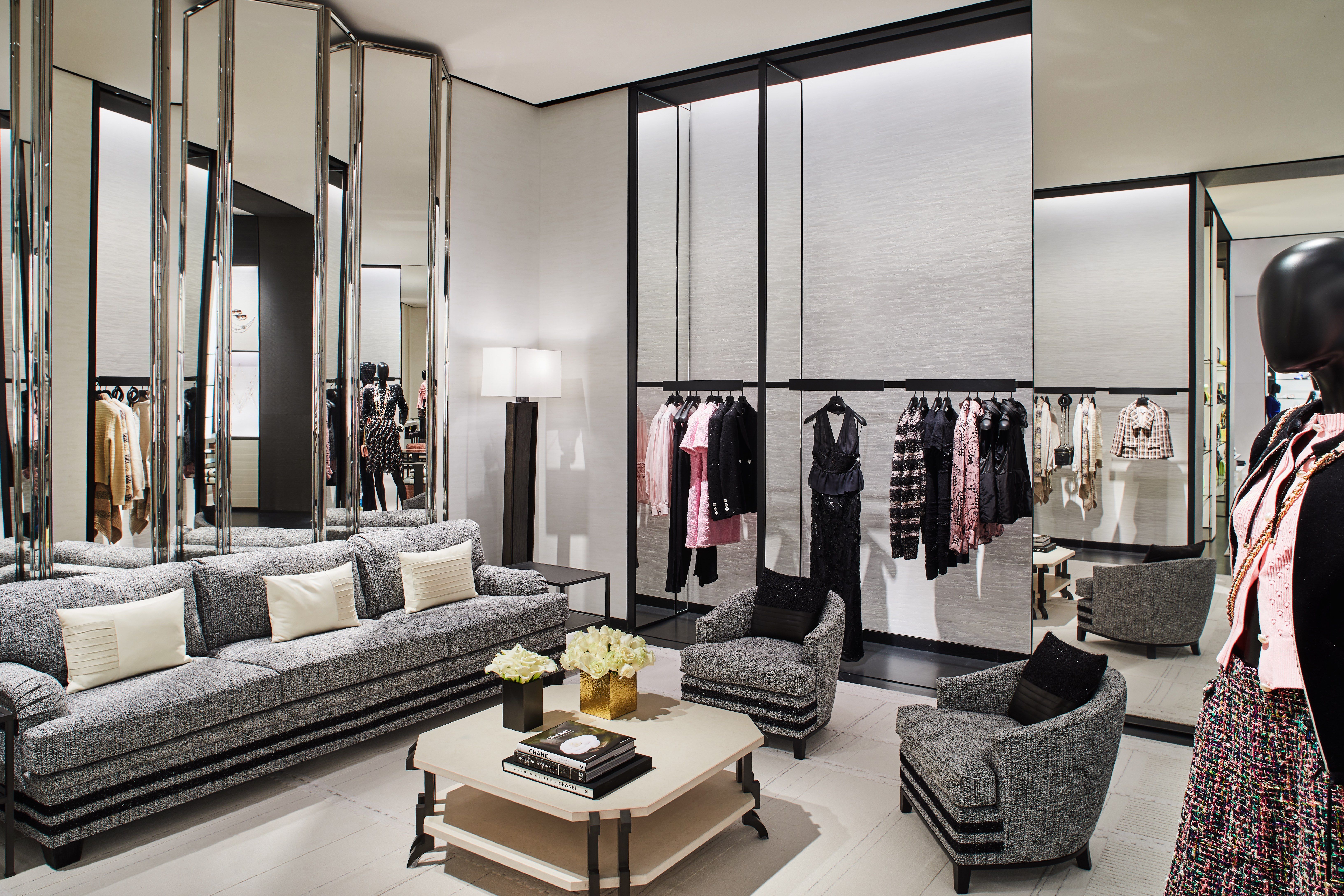Why Boutique Fashion is the Ultimate Choice for Unique Style
Why Boutique Fashion is the Ultimate Choice for Unique Style
Blog Article
Checking Out the Development and Influence of Clothing on Modern Fashion Trends
The advancement of garments has actually considerably influenced modern style fads, combining historical precedents with cutting-edge innovations. Legendary numbers like Coco Chanel and Yves Saint Laurent reinvented the fashion industry by presenting ideas that prioritize comfort and accessibility, which proceed to reverberate today.
Historical Fashion Influencers
In the tapestry of style history, specific numbers have left an enduring mark, shaping the patterns and designs that define whole eras. Coco Chanel, an advanced designer, redefined ladies's style by introducing comfortable, classy clothes that left from limiting corsets.
Elsa Schiaparelli is an additional pivotal figure, renowned for her progressive designs that integrated surrealist art, teaming up with Salvador Dalí to create whimsical pieces that tested conventional looks. Her innovative use of color and vibrant patterns reverberates in contemporary style. Yves Saint Laurent, meanwhile, democratized high fashion with prêt-à-porter collections, bringing path designs to the masses and establishing a precedent for modern ready-to-wear lines.
These enthusiasts, to name a few, not just revolutionized fashion in their times however likewise established sustaining trends that resonate in today's garment industry, supplying a structure whereupon modern-day developers remain to innovate and build. Their legacies highlight the value of imagination and bold in style's ever-evolving story.
Technical Improvements in Style
Among the vibrant landscape of the fashion business, technical improvements stand at the center of technology, improving exactly how developers produce and consumers engage with fashion. The integration of 3D printing has actually revolutionized style processes, enabling designers to experiment with complex frameworks and lasting materials that were previously inconceivable. This technology promotes quick prototyping, minimizing waste and accelerating production times.

Smart textiles, installing modern technology into textiles, are also transforming the market. Innovations like temperature-regulating and self-cleaning textiles provide improved capability and comfort. Wearable innovation, including attributes like fitness tracking and interaction, includes a brand-new dimension to fashion, merging appearances with practicality.
Social Changes and Design
As technical innovations remain to improve the apparel industry, social changes are just as significant, redefining design and customer choices. In the last few years, the increase of social networks platforms has sped up the dissemination of global fashion fads, permitting varied social influences to assemble and coexist. This electronic interconnectivity has actually assisted in the fast exchange of ideas, resulting in a more comprehensive and eclectic interpretation of design that shows the diverse nature of modern society.
Social understanding and gratitude have actually prompted developers to attract inspiration from a broader range of historical and ethnic contexts, incorporating standard motifs with modern appearances. This combination has caused fashion that resonates with a bigger audience, promoting a feeling of identity and belonging throughout different demographics. In addition, the boosting demand for customization has driven brand names to provide customizable alternatives, enabling consumers to express originality while showing their social heritage.
Furthermore, changing societal worths have influenced fashion, with inclusivity and variety becoming main themes. The market has begun to welcome models and influencers of numerous body types, ethnic cultures, and gender identifications, tough traditional elegance standards. This improvement underscores the power of cultural changes fit the future of fashion, as style comes to be a more genuine expression of individual and collective identity.
Sustainability and Modern Style
While the style market continues to progress, the critical for sustainability has actually come to be significantly immediate, affecting contemporary style methods. The rise of slow fashion, which stresses top quality over amount, motivates consumers to invest in classic items instead than transient trends.
Moreover, modern layout is useful link defined by its innovation in lessening waste and promoting circularity. This strategy not only minimizes environmental influence however also improves the social responsibility of style houses.

Future Trends in vogue
:no_upscale()/cdn.vox-cdn.com/uploads/chorus_image/image/62476024/DrielyS-4990.0.0.0.jpg)
Sustainability will certainly continue to be a driving pressure in shaping future style trends. The sector is progressively adopting environment-friendly materials and moral production approaches, reacting to an expanding consumer need for responsible methods. Innovations such as bio-fabricated products and closed-loop recycling systems are readied to redefine exactly how clothing is created and eaten, decreasing ecological impact while preserving design and high quality.
Social shifts, including the surge of inclusivity and diversity, will additionally play a pivotal function. As culture becomes a lot more knowledgeable about social issues, style is anticipated to become a platform for expression and adjustment. Developers will likely concentrate on producing collections that mirror a broader series of experiences and identifications, championing representation and availability.
Verdict
The evolution of clothing significantly impacts modern-day style fads, where historic influences merge with contemporary layouts. This recurring advancement emphasizes fashion's role as a mirror to societal worths and technical improvement, suggesting a future rich with innovation and inclusivity.
The advancement of garments has considerably influenced modern-day style trends, merging historic precedents with cutting-edge innovations.Among the dynamic landscape of the fashion sector, technological advancements stand at the center of advancement, reshaping just how developers create and customers engage with style.While the style industry proceeds to develop, the important for sustainability has ended up being my sources increasingly immediate, influencing modern-day style methods. As sustainability becomes ingrained in modern layout, it paves the means for a much more aware and accountable style market.
The advancement of clothes dramatically affects modern-day fashion patterns, where historical influences combine with contemporary styles.
Report this page